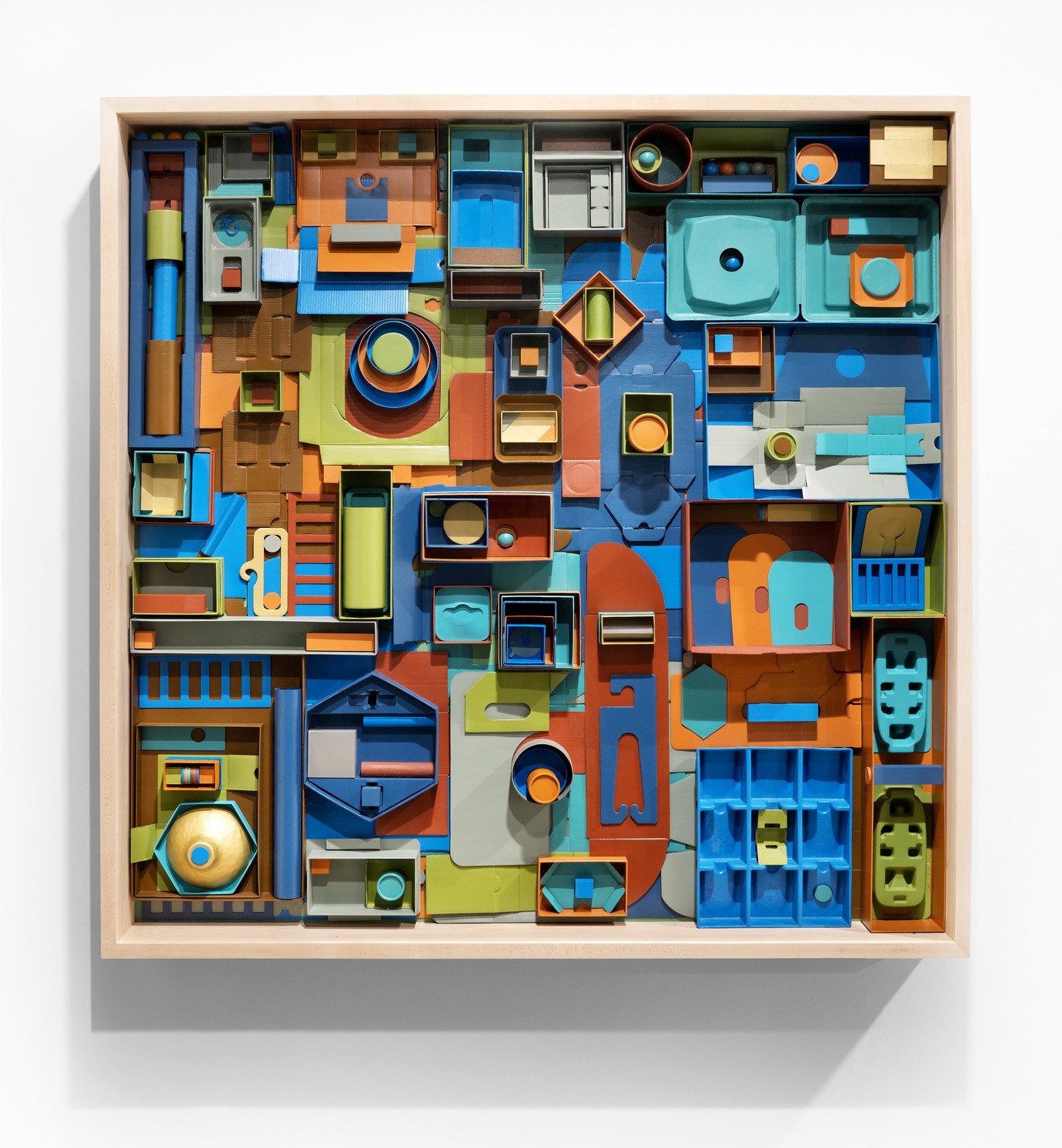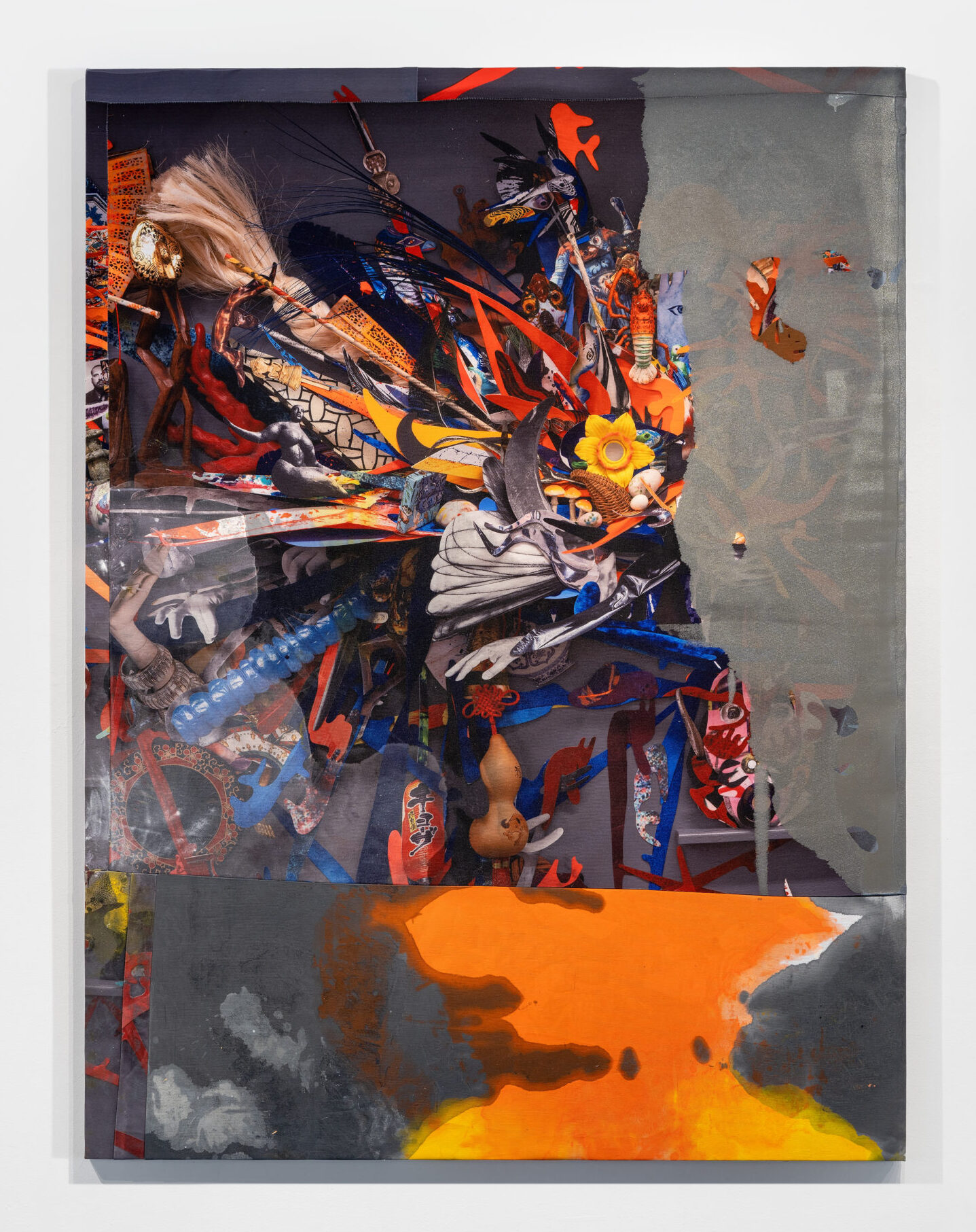Real Time
Group Show
David Castillo Gallery is proud to present Real Time with new work by each of the gallery’s represented artists. The exhibition addresses issues of allotted time such as in art and the creation of it or in space and life in general. Art plots history because of the way it distills or filters everything we can experience in any way. Time whether real or simply understood to be real can be art itself, it functions as a creator because time is simultaneously a point of arrival and a point of departure. Time has been a topic of concern since the beginning of human existence from philosophers to saints to artists to writers to everyday people. We live by it even though we have very little understanding of it beyond basic physical principles, theories, and our own experience of it whether real or not. The flow of time marks us, gives us our identity, in much the same way it marks art and gives it many layers and new connotations and interpretations with the passage of time.
Real time depends truly on who is speaking and who is being spoken to. There can be the real time of youth versus the real time of old age versus the real time of eternity. By creating work, artists deflect time, alter it in some way. Artwork can be considered real time in so far as it is time-sensitive or how time must be capitalized in order to be put to good use. In the end, human time is our real time; it is the time within which art can be understood, loved, discussed and debated since it is not likely that we will have knowledge of universal time. Descartes put it simply and while not referring to art, it can be applied to art, “Time is a divine process of transformation.” In addressing this philosophical topic, Real Time brings together new works by Andrew Guenther, Aramis Gutierrez, Quisqueya Henriquez, Nayef Homsi, Pepe Mar, Leyden Rodriguez-Casanova, Adam Shecter, Frances Trombly, and Wendy Wischer.
Guenther’s works address problems through a fictional evolution, a fictional passage of time in totally imagined landscapes. As a morbid portraitist, Aramis Gutierrez’s paintings contain sometimes fatalistic narratives of untimely death- the ultimate discussion of time, eternity. Henriquez’s conceptual body of work addresses real time through modernity and its elegance as interpreted from the late 20th and early 21st centuries. Her work is a kind of intervention of the urban landscape through observation. Nayef Homsi’s paintings may be discussed in part through centuries of European cultural dominance and painting practices. At the same time, the work dismantles certain symbols of gender, class, and religion.
Mar’s installation as his work in general deals with the elusive present time, the banality of theatrical gestures and our era of production, consumption, disposition, and recuperation. Through his collage he makes the old new again, something real time is entirely incapable of. By decoding iconic architecture, Leyden Rodriguez-Casanova’s work understands that time is subject to cultural contexts. There is a purity and loneliness inherent in his works, a dissection of memory as well as nostalgia. Shecter’s animations are inspired in part by the time he spends working with children, his recollections of television programs as a child himself, and resolving these recollections into the present real time (if such a time indeed exists anywhere outside of art).
Inspired by what is normally perceived as worthless remnants, Frances Trombly’s work like time itself is a story of transformation. Her real time is spent in hours of crocheting, weaving, knitting, and sewing- recreating objects that give the discarded a second lease on life and give the viewer aesthetic pause. Many of the concepts of interest to Wischer can be described as a fulmination of light, without which time could not exist. Furthermore, real “human” time is explored in depth in her work through the longing and desire found in the reflection on nature.


